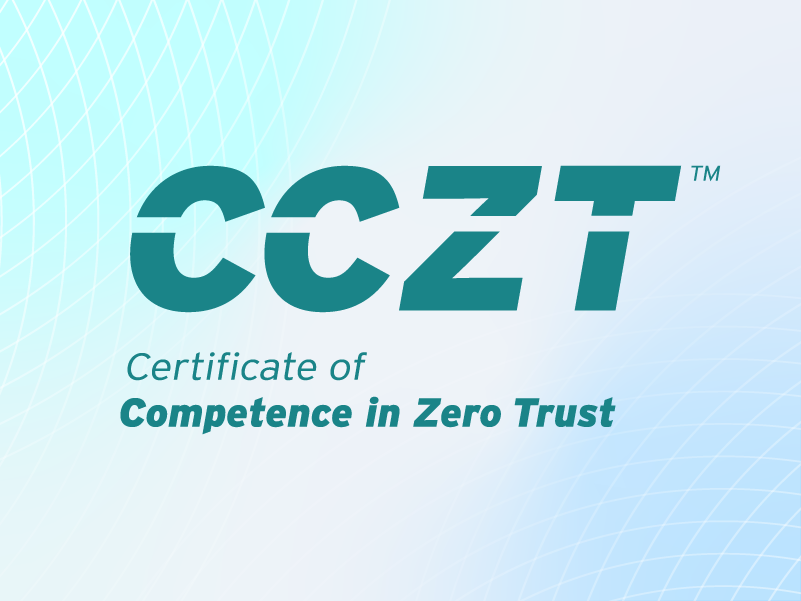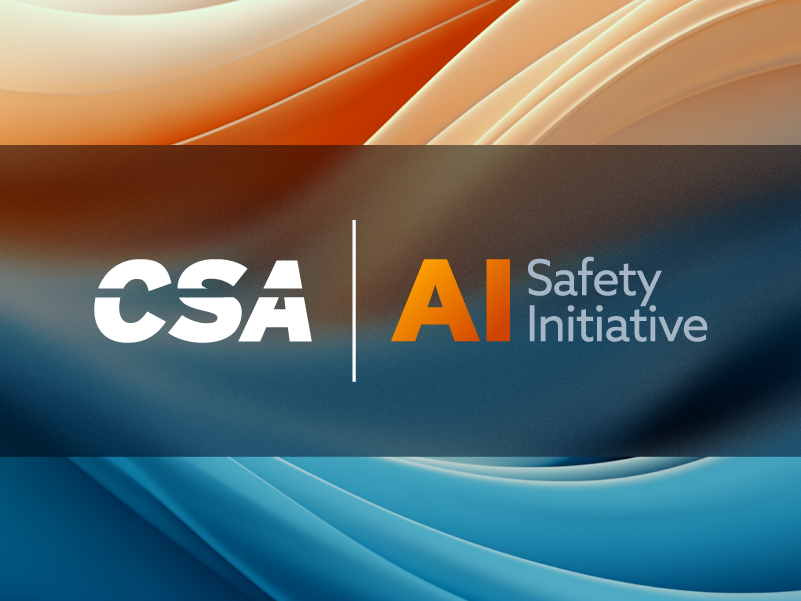Strengthening Cybersecurity with Real-Time Vulnerability Analysis and Anomaly Detection
Published 07/01/2025
Written by Suresh Kumar Akkemgari.
Introduction
In the fast-changing digital world, cybersecurity threats create substantial risks for organizations globally. Proactive defense is vital to counter these challenges. Real-time vulnerability detection and anomaly reporting tools enable cybersecurity teams to swiftly identify and neutralize threats before they intensify. Harnessing advanced technologies, these tools deliver continuous monitoring, rapid threat identification, and actionable intelligence. They play a crucial role in shifting from reactive incident response to proactive threat prevention, ensuring the protection of sensitive data and sustaining trust in a connected ecosystem.
Key Principles and Objectives
Real-time vulnerability detection and anomaly reporting systems operate on several core principles essential for modern security architectures:
- Continuous monitoring: Like an invisible guardian that scans the digital world nonstop, identifying vulnerabilities and anomalies in real-time to prevent breaches
- Proactive Threat Identification: Hunts down potential threats before they can impact systems
- Risk-Based Prioritization: Focuses on the threats that matter most by looking at how much damage a vulnerability could cause, how likely it is to be exploited, and the potential business impact
- Automated Alerting and Response: Triggers automatic actions when a critical event occurs; these actions may include isolating compromised systems, blocking malicious IPs, or initiating forensic data collection, all without human intervention
Shift to Proactive Vulnerability Management
Moving from periodic vulnerability scans to continuous, real-time analysis involves continuously scanning systems, applications, and networks for weaknesses that could be exploited by attackers. Certain cloud-based platforms provide ongoing monitoring, reducing the window of exposure. This trend aligns with the increasing adoption of DevSecOps, where security is integrated into the software development lifecycle.
- Integrate vulnerability scanning into the CI/CD pipeline to ensure that code is tested for security flaws before deployment
- Install agents on endpoints, VMs, and containers for real-time vulnerability scanning
- Establish automated vulnerability reporting workflows that classify issues by severity, exploitability, and business impact
- Introduce triage processes to prioritize vulnerabilities based on risk, assign ownership, and track remediation timelines, ensuring accountability and faster resolution
- Schedule regular vulnerability review meetings with security champions and engineering leads to monitor progress, unblock challenges, and improve fix rates
- Incorporate threat intelligence feeds to correlate vulnerabilities with active exploits in the wild, enabling dynamic reprioritization of high-risk findings
Identify Anomalies with AI
Not all security threats are easily noticed. Tools powered by machine learning can detect anomalies and analyze behavioral patterns, identifying threats that signature-based tools may overlook. For example:
- An employee's account making uncommon requests or a sudden increase in website traffic, which could be indicative of a cyber attack or data breach
- A user accessing the system at unusual hours
- Database queries that seem just a little too curious about sensitive information
Anomaly detection systems learn what "normal" looks like for your organization, then wave red flags when patterns break. These insights allow security teams to stop breaches before they unfold.
Dashboards That Drive Decisions
IT and security teams are skilled at identifying and resolving issues. Senior management often needs information in a clear and simple format. Dashboards help by converting complex data into understandable insights for decision-makers.
- Heat Maps: Color-coded indicators show the severity of issues (e.g., green for low risk, red for high risk)
- Trend Lines: Visual timelines track whether problems are worsening over time
- Real-Time Alerts: Immediate notifications for situations requiring urgent attention
- Customizable Views: Dashboards allow teams to focus on the most relevant information, such as tracking specific vulnerabilities or applications
These visual tools convert complex data into actionable insights, supporting quicker decision-making and improved collaboration across teams.
Benefits Across the Business
Real-time monitoring tools significantly enhance an organization's ability to stay secure, offering several key benefits:
- Reducing the Risk of Security Breaches: By detecting vulnerabilities early, these tools minimize the risk of devastating security breaches, especially when sensitive customer data or financial transactions are at stake
- Enhanced Resilience: These tools maintain security and uptime even during ongoing threat campaigns
- Helping Leaders Make Informed Decisions: Dashboards bridge the gap between technical details and actionable insights, providing leaders with a clear view of the situation to make informed decisions without needing to delve into complex technical specifics
- Staying Compliant with Regulations: Real-time monitoring helps organizations meet industry security standards and regulations, avoiding costly penalties related to security failures or data protection violations
Challenges to Consider
While powerful, these systems must be deployed carefully. Early adopters often face:
- False alarms: The system may sometimes flag non-threat issues, though tools can learn to reduce this over time.
- Scalability issues: As an organization and its systems grow, the monitoring tool must be able to scale without affecting performance.
The Future: Smarter, Faster and Autonomous
The future of real-time cybersecurity lies in autonomous defense systems—AI-driven platforms that not only detect but also respond to threats without human intervention. Think self-healing cloud workloads, auto-isolation of compromised endpoints, and threat prediction engines.
To stay ahead of evolving vulnerabilities, organizations must prioritize investments in real-time detection, anomaly analysis, and automation. This shift transforms security operations from reactive containment to proactive prevention—making the difference between a minor incident and a full-scale breach. In a world where milliseconds matter, the future of cybersecurity is now, and it's automated, intelligent, and relentless.
Are you ready to elevate your organization's security and stay ahead of digital risks? Real-time monitoring can protect your operations and give you peace of mind.
.jpg) About the Author
About the Author
I have certified CISSP, CCSP, CCSK and has 18 years of experience in cybersecurity, cloud computing, DevSecOps, AI/ML driven security solutions and risk management across IT and hybrid infrastructures.
Related Resources



Unlock Cloud Security Insights
Subscribe to our newsletter for the latest expert trends and updates
Related Articles:
How Generative AI is Reshaping Zero Trust Security
Published: 01/09/2026
Introducing the AI Maturity Model for Cybersecurity
Published: 01/08/2026
AWS Ends SSE-C Encryption, and a Ransomware Vector
Published: 01/05/2026




.jpeg)

.jpeg)